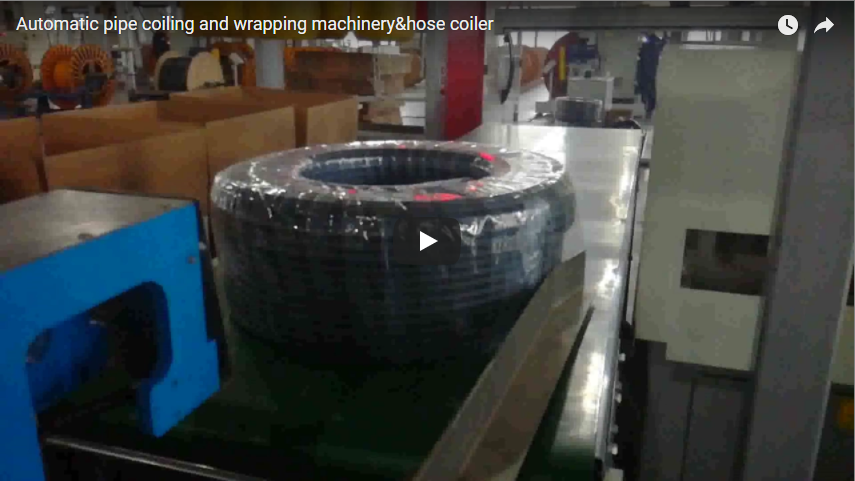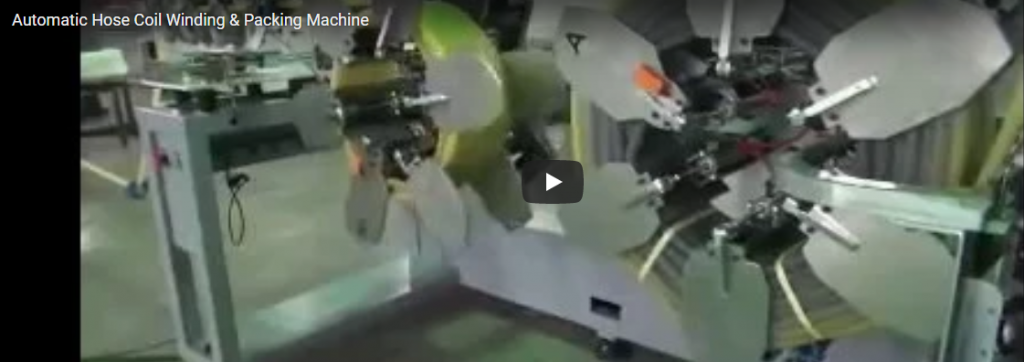From Labor-Intensive to Smart: The Transformation of Hose Coil Packaging
In the dynamic world of manufacturing, the shift from labor-intensive methods to smart, automated solutions is revolutionizing industries. One such transformation is occurring in hose coil packaging. This article delves into the evolution of packaging methods, highlighting the benefits of smart solutions and exploring the challenges faced during this transition.
Introduction to Hose Coil Packaging
Hose coil packaging has historically been a manual process, requiring significant labor and time. Traditional methods involved manual coiling, tying, and packaging, which often resulted in inconsistencies and inefficiencies. As industries expand and demand rises, the need for more efficient packaging solutions becomes critical.
The Limitations of Traditional Methods
Labor-Intensive Processes
Traditional hose coil packaging is labor-intensive, requiring workers to manually handle each coil. This process can be physically demanding and time-consuming, leading to worker fatigue and increased error rates.
Inconsistencies and Quality Issues
Manual packaging often results in inconsistencies in coil size and tension, leading to potential quality issues. These inconsistencies can affect the final product's performance and customer satisfaction.
High Labor Costs
Relying heavily on manual labor increases operational costs. As labor costs rise globally, businesses seek ways to reduce expenses without sacrificing quality.
The Emergence of Smart Packaging Solutions
Automation in Packaging
Automation technology is transforming hose coil packaging. Automated machines now handle coiling, tying, and packaging with precision and speed, reducing the reliance on manual labor.
Benefits of Automation
- Consistency and Quality: Automated systems ensure uniformity in packaging, improving product quality.
- Efficiency: Machines work faster than humans, increasing productivity and reducing lead times.
- Cost-Effectiveness: Although initial investments in machinery can be high, the long-term savings in labor costs and improved efficiency justify the expense.
Key Technologies Driving Smart Packaging
Robotics
Robotics play a crucial role in modern packaging solutions. Advanced robots can perform repetitive tasks with high precision, reducing human error and increasing efficiency.
IoT and Smart Sensors
The Internet of Things (IoT) and smart sensors are integral to smart packaging systems. They provide real-time data on machine performance and maintenance needs, enabling proactive management and minimizing downtime.
Artificial Intelligence and Machine Learning
AI and machine learning algorithms enhance packaging systems by optimizing processes and predicting maintenance needs. These technologies help in adapting to different packaging requirements dynamically.
Overcoming Challenges in Transition
High Initial Investment
The transition from manual to automated systems requires substantial initial investment. However, businesses must focus on the long-term benefits, such as reduced labor costs and increased efficiency.
Training and Skill Development
Shifting to automated systems necessitates retraining the workforce. Companies need to invest in training programs to equip employees with the skills required to manage and maintain automated systems.
Integration with Existing Systems
Integrating new technologies with existing infrastructure can be challenging. Businesses need a strategic approach to ensure seamless integration without disrupting ongoing operations.
Case Studies: Success Stories in Smart Packaging
Company A: Streamlining Operations
Company A, a leading manufacturer in the industry, successfully transitioned to automated packaging systems. By investing in state-of-the-art machinery, they reduced labor costs by 30% and improved product consistency, leading to higher customer satisfaction.
Company B: Embracing IoT
Company B integrated IoT solutions into their packaging process, allowing real-time monitoring and predictive maintenance. This innovation reduced downtime by 20% and increased overall efficiency.
Future Trends in Hose Coil Packaging
Sustainable Packaging Solutions
As sustainability becomes a priority, companies are exploring eco-friendly packaging materials and methods. Smart packaging solutions are increasingly incorporating sustainable practices, such as reducing waste and using recyclable materials.
Advanced Data Analytics
Data analytics will play a significant role in future packaging systems. By analyzing data from various stages of the packaging process, companies can identify inefficiencies and optimize operations.
Customization and Flexibility
The demand for customized packaging solutions is rising. Smart systems are becoming more adaptable, allowing businesses to easily switch between different packaging configurations to meet diverse customer needs.






